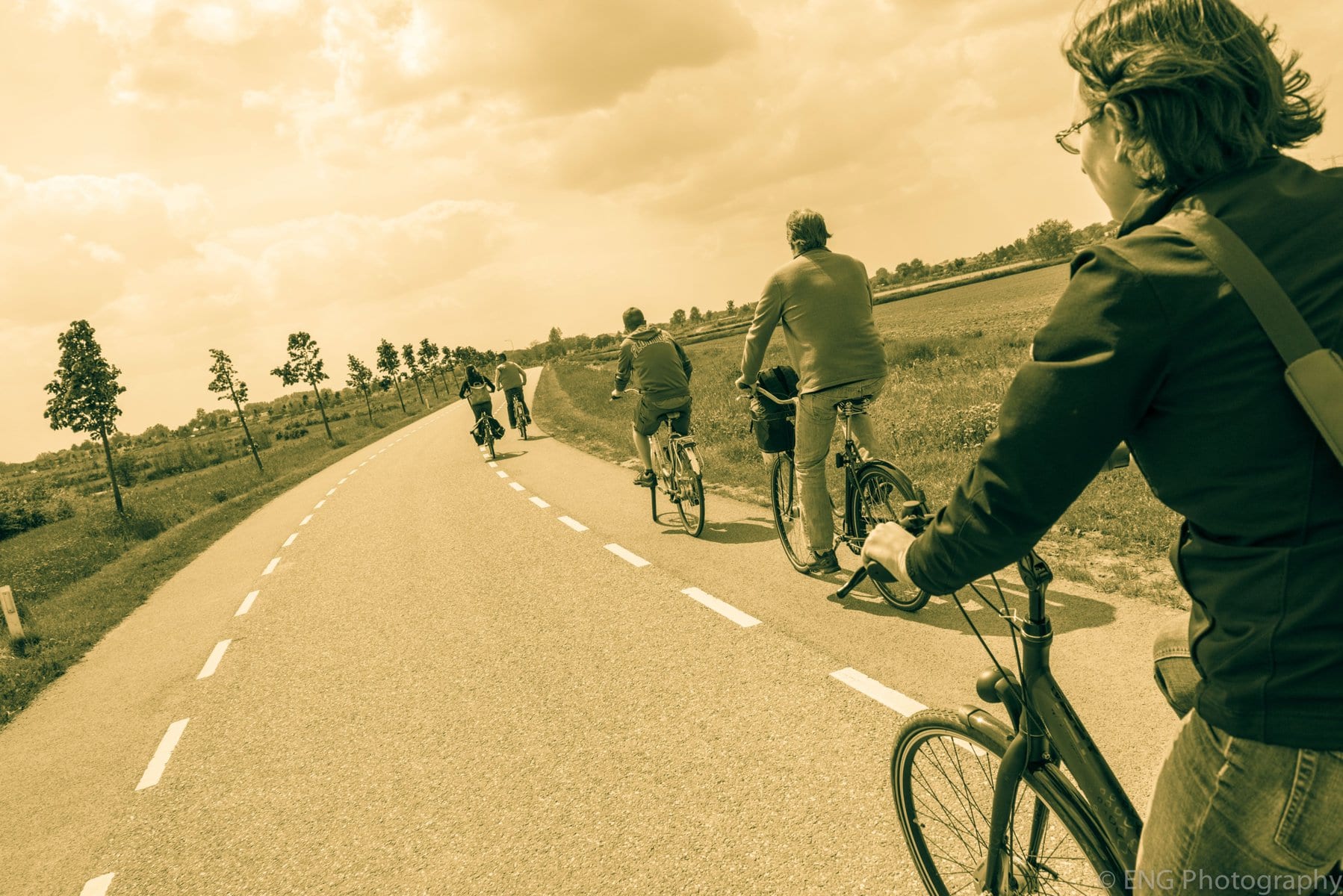Dear editor:
Everyone knew that the world was flat and it was blasphemy to imply otherwise, until everyone knew the world was round and it was crazy to imply otherwise.
So, too, with roundabouts and other traffic pattern changes.
We all know what we know to be true until we learn something new and realize that in our ignorance we were depriving ourselves of a better life.
The letter includes references to traffic pattern changes that have not been proposed in Canada.
Although I was born and raised here, since then I’ve lived in four countries and visited many more. And the thing that stands out within the first day of arriving anywhere new are their roads and traffic patterns.
Like here, when the Netherlands first started implementing roundabouts they were met with significant resistance, especially from older drivers.
The Dutch government, being confident with its master plan, proceeded despite public grumblings and years later you now hear those same people grumbling in their cars when they are forced to wait at a traffic light rather than zipping through a turbo roundabout.
That’s right, if you think the simple roundabouts here are difficult to get used to, just wait until you encounter a turbo roundabout.
Among other things Dutch driving school teaches you that the enemy to gas mileage (and productivity) is stopping.
You can slow down but just keep moving (good advice for life in general). And if you have ever driven a manual-transmission car or a Dutch city-fiets (city bike) you know how slow and difficult it is to get going from a stop.
It is all about maintaining momentum.
Too much momentum becomes dangerous when going through town areas highly trafficked by pedestrians or where bikes share the road with cars.
Signs are just signs and they don’t physically slow anyone down – although the sad/smiley face next to the speed limit sign motivates me to make it smile.
And the sign warning that I’m entering a speed camera zone definitely provides incentive to slow down (Google “camera speeding ticket Netherlands cost” to understand Dutch speeding tax/tickets).
That is where creative road planning comes in.
Smaller-diameter roundabouts with large artwork or planters in the middle force you to look when going through the intersection and enable you to easily stop at zebra stripes for pedestrians crossing as you enter and exit.
Zig-zag entries into town, combined with speed humps and rumble strips, make it impossible to notice the speed limit has changed and help you realize if you are in town or have left town.
Raised four-way intersections (think speed hump across the whole intersection), force you to slow down, otherwise no one will need to worry about you racing through town because your car will be too badly damaged to continue.
And finally, my personal favourite, barriers in the middle of your lane when in town.
These large concrete planters or similar barriers physically end your lane for a short section requiring you to wait for on-coming traffic to clear so that you can go past. They also create parking spots.
When the road narrows equally in both lanes, the Dutch have signs with red and white arrows indicating who goes first (white) and who goes when the way is clear (red).
It all comes down to safety. And you see it in the simplest activities.
The Dutch wear a bike helmet when riding a road bike or mountain bike because they are at risk of falling and injuring themselves, but they often don’t wear a helmet when riding a city-fiets because you simply can’t fall off those bikes head first and you don’t have to worry about being hit by a car because the roads are much safer.
Now, if we could just get the highly reflective material that the Dutch use for painting the lanes on the road, then we would really be making a difference here in highway safety, too.
The point is that every community has something to learn from another. No one has all the right answers and there will always be something better out there.
Each community has something it does really well and should certainly be confident in its solution – for that one thing. For everything else people should continue to work to improve things so that what they do really well changes over time.
There is much more out there to know and understand; change is hard especially if you are not in control of that change.
But if you are receptive, change is also good and easy when you don’t have to do the work to make the change, but merely embrace it.
C.J. Beaudoin
NOTL










